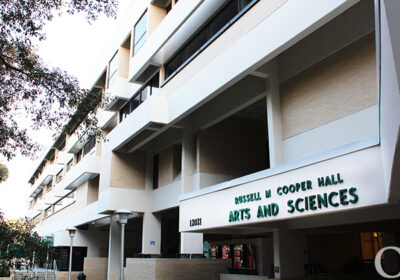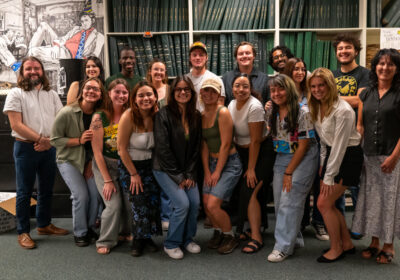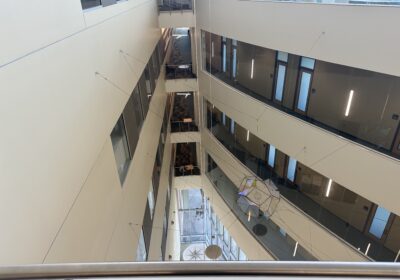BOG approves 11 percent differential increase
Five nays, 11 yeas.
Its hard to tell whether its a win or a lose, one Florida Board of Governors member said after the audience burst into applause.
With a split vote, the BOG, which quibbled for hours Thursday on the topic of tuition differential increases and how to go about voting on them, approved USFs request for an 11 percent increase after it initially shot down a proposal to increase tuition differentials by 9 percent.
The increase in differentials will be addressed at an emergency Board of Trustees conference call today at 3:30 p.m, USF spokesman Michael Hoad said.
The approval of USFs request for an 11 percent increase with 40 percent to be held for need-based aid, came the day after USF administrators received heated questioning from the BOG over low graduation rates.
The day before, the Board dined with Gov. Rick Scott, who re-emphasized his desire not to raise tuition. But at the meeting, the BOG noted that each university faced significant financial challenges in a year in which the state budget cut $300 million to higher education.
For the first time in history, tuition will pay for more than half of the cost of education, BOG member Tico Perez said. That is a flip in the process.
Per head at USF, the state will contribute $4,489 in funding this year. Each resident undergraduate student will contribute $6,335 in tuition and differentials.
But, Perez said, while the state hopes the large cut is a one-time event, the situation isnt taking as dire of a toll on families as it may seem.
I want to make sure that we understand, as we move forward, that students have access to financial aid from the state through Bright Futures, the federal government through Pell grants, institutional awards, private awards and waivers, he said. If your family is below $40,000 in income, you are not incurring any costs for your education.
According the Board of Governors calculations based on funding available to students during the 2011-2012 fiscal year, USF covered an average of $2,683 more than the cost of tuition and fees per year for families whose income was below $40,000 about 38 percent of USFs population.
For families earning between $40,000 and $59,999, or 13 percent of USFs population, the university covered an average of $308 more than the cost of tuition and fees.
The impact of the tuition and differential increases will start to be felt by families earning between $60,000 to $79,999, about 10 percent of USFs population, who were required to pay an average of $1,803 in tuition and fees last year. Families earning between $80,000 to $99,999, or 8 percent of the population, paid an average of $2,621.
But families earning above $100,000, about 24 percent of USFs population, paid an average of $2,607 about $14 less than the next lower income bracket.
BOG member Dick Beard said the cost was lower for the $100,000-plus category across all universities because Bright Futures scholarships are often awarded in greater proportions to higher income families.
But overall, even with tuition increases, higher education in Florida remains affordable, Perez said.
We are not burdening overwhelmingly those families we talk about burdening overwhelmingly, he said. Its very easy to say we dont want to overburden, but our state, federal government and system have been focused on making sure we have accessibility. Our universities are working very, very hard to make sure that they are accessible. Its going to cost money to go to college, no doubt.
But BOG member Mori Hosseini said the increases, which will result in USF students paying about $15 more per credit hour for tuition differentials and $2 more per credit hour for Capital Investment Trust Fund fees, shouldnt be taken lightly.
Its easy for us to say, he said. But if you have been through five years of a disaster recession, and families are losing their jobs and people dont have jobs … that makes it pretty difficult.







